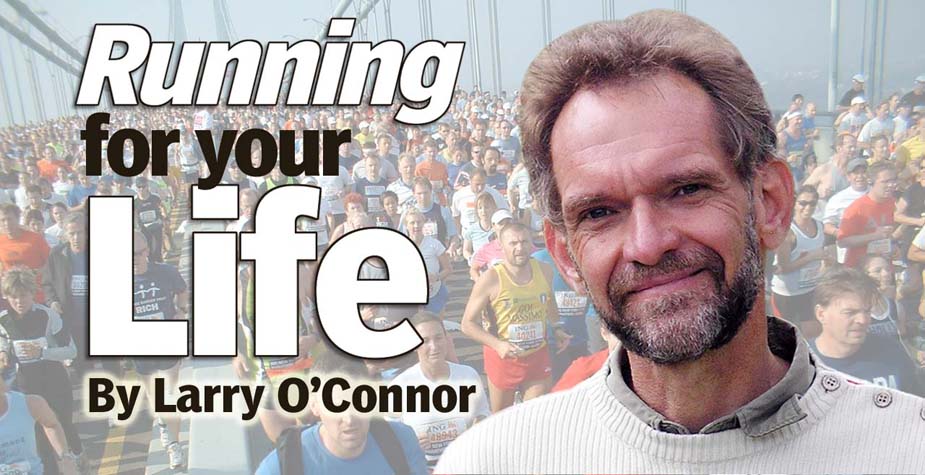So much of what we have in Knausgaard’s “My Struggle” are
sketchy figures acting on Karl Ove – Snoopy, of the serious literary set – not Charlie
Brown because that figure turned what Charles “Sparky” Schulz did in the
spiritual realm in a way that Knausgaard never truly develops. Knausgaard
stands on the edge of that, surely. But in the end he is always the man – the father’s
son – in his rants and rages and anxieties, while making no attempt to adopt
the Dietrich Bonhoeffer message of service and sacrifice, what Sparky does with
Charlie Brown, never being able to kick the football that Lucy (Lucifer) puts
down for him, the triumph of humility that is never to be found, I daresay, in
the six volumes of “My Struggle.”
In Volume I, the young Knausgaard fails in his attempt to
swim in deep water, but yet we know he will not, in the end, be humiliated by
that, or by the premature ejaculations of Volume IV. Here is where the Mein
Kampf feels too close. Knausgaard as sensitive, superior white man, in his needs,
his wants, his choice not to embrace any other idols but his own, the one that
he has created and in that there seems precious little difference in intent
than Hitler’s book of the same name.
Here is what Jeff Eugenides says in the April 23 edition of
the “New York Times Book Review,” about Volume IV: “That you never wish to
relinquish the perspective any more than, in your own life, you wish to stop
being yourself.”
This could stand to reason why women I know seem less into
Knausgaard than men. In the life of Western women, a norm (female teen suicide
phenomenon) is that women are unfamiliar with the feeling – or a girlfriend’s
feeling – that you never wish to relinquish the perspective (K’s solipsistic I)
any more than, in your own life, you wish to stop being yourself. Well, women have wished and some continue to wish they could stop being
themselves (ie, body image, pay inequity, domestic designated worriers …)
So, yeah, Knausgaard is an acquired taste. Women critics,
too, have sung his praises. But I suspect these women, as girls, played well
with boys. Shucks, they probably still play better with men than their fellow women. But
that’s just a hunch …
Which doesn’t mean I’m not deep into the guy universe of
this smart northern fella who blesses my own memories of a red-blooded boyhood
to late adulthood. It’s just that I think I’ve framed a fair idea of why the
average woman may not feel the same away about this writer's “Struggle.”
Next: Invest in Sweat Equity
